Calcium Hypochlorite – Perchlorine
Perchlorine or calcium hypochlorite is a white substance with disinfection properties that is used to disinfect water, vegetables, fruits, dishes, bathrooms, toilets, and contaminated places. The purity percentage or degree of purity of chlorine powder is 60-70%.
Perchlorine is a chemical compound containing the perchlorate ion, −ClO. The name of Ayupak is calcium hypochlorite. This material is sold in powder form in 45 kg gallon packages. Chlorine white powder has 33.5% to 39% chlorine, and calcium hypochlorite granules or powdered chlorine has 65 to 70% chlorine by weight.
What is calcium hypochlorite?
Calcium hypochlorite is an inorganic compound with the formula Ca(OCl)2. This material is the main active ingredient of commercial products called bleaching powder, chlorine powder, or chlorine lime, which is used for water purification and as a bleaching agent. This compound is relatively stable and has more available chlorine than sodium hypochlorite (liquid bleach). Its appearance is a white solid. Due to its slow decomposition in humid air, it smells strongly of chlorine.
In chemistry, hypochlorite is the anion with the chemical formula ClO2. It combines with several cations to form hypochlorites, which may also be considered salts of hypochlorous acid. Common examples include sodium hypochlorite (a dishwashing liquid or household bleach) and calcium hypochlorite (except bleaching powder, swimming pool “chlorine”).
What is perchlorate?
Most perchlorates are commercial salts. Perchlorates are colorless solids that are soluble in water. Perchlorate anion is the result of the dissociation of perchloric acid and its salts when dissolved in water. Many perchlorate salts are soluble in non-aqueous compounds. Perchlorate ion is the least reactive of the generalized chlorates. Perchlorate contains chlorine at its highest oxidation number. The table of reduction potentials of four chlorates shows that, contrary to expectation, perchlorate is the weakest oxidant among these four chlorates.
Perchlorate and chlorate are stronger oxidizers under acidic conditions than under basic conditions. Most perchlorate compounds, especially salts of electropositive metals such as sodium perchlorate or potassium perchlorate, do not oxidize unless heated.
Calcium hypochlorite technical specification table
| chemical formula | ClO4 |
| Conjugate acid | Perchloric acid |
| Appearance | white powder |
| Melting point | 100°C |
| Boiling point | 175°C |
| Solubility in water | 21 g/100 ml at 25°C |
| Molar mass | 142.98 g/mol |
| Another name | Calcium hypochlorite |
Production of calcium hypochlorite
Perchlorate salts are industrially produced by the oxidation of sodium chlorate aqueous solutions by electrolysis. This method is used to prepare sodium perchlorate. Chlorine reacts with milk of lime in the presence of sodium hydroxide. In this process, perchlorine slurry is prepared in several steps. Then by filtration and drying, perchlorine granules are obtained.
Its main use is for rocket fuel. The reaction of perchloric acid with bases, such as ammonium hydroxide, gives salts. High-value ammonium perchlorate can be produced electrochemically. Perchlorate can be produced by flash discharge in the presence of chloride.
Application of perchlorin
- It is used as an anti-fungal, anti-bacterial, and anti-odor agent in drinking water purification systems.
- It is used as a bleaching agent in the paper industry and also for the production of textiles.
- Rectorate is mainly used as an oxidizer in chemical production devices and static electricity control in food packaging.
- It is used as an oxidizer in rocket propellants, fireworks, and in chemical production industries, and some ammunition and for making matches.
- Calcium hypochlorite is commonly used to clean public swimming pools and disinfect drinking water.
- Generally, commercial materials are sold at 65% to 73% purity with other chemicals present, such as calcium chloride and calcium carbonate, as a result of the manufacturing process.
- In solution, calcium hypochlorite can be used as a general disinfectant, but sodium hypochlorite (bleach) is usually preferred because of residual calcium.
What is the difference between chlorate and perchlorate?
The key difference between chlorate and perchlorate is that chlorate is an anion resulting from the decomposition of hydrochloric acid whereas perchlorate is an anion resulting from the decomposition of perchloric acid. Chlorate and perchlorate are cations containing chlorine and oxygen atoms.
Safety and storage conditions of perchlorin
Due to sensitivity to heat and moisture, perchlorine barrels should be stored in a dry and cool place. Also, keeping them in the sun or a hot environment carries the risk of burning. Perchlorine barrels should not be placed in the vicinity of fragrant and flammable substances such as gasoline, oil, diesel, or agricultural poisons, especially phosphorus poison, and disinfectants such as creolin, and this should be avoided.
Do not hesitate to contact our expert at Iran Petroleum for more information and to buy any chemical material.

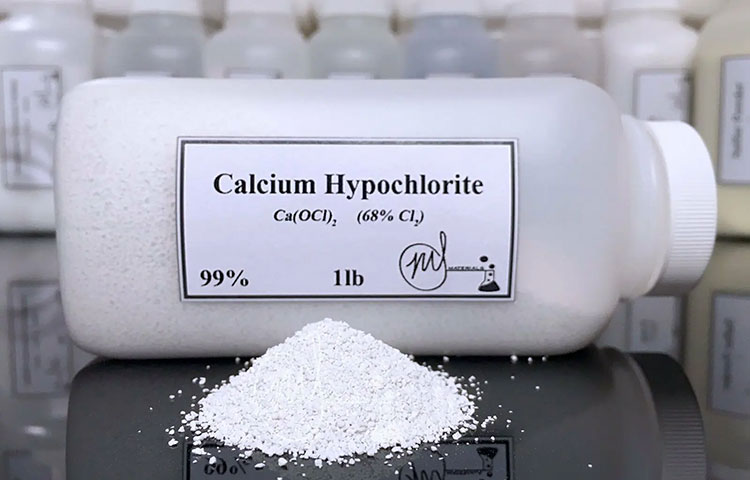
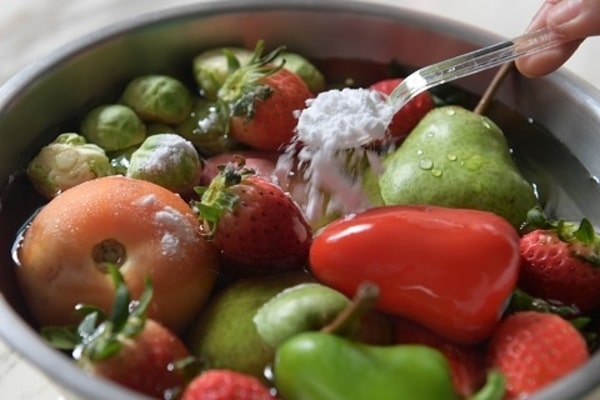
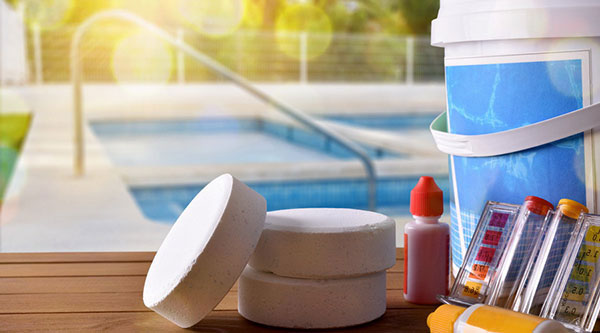
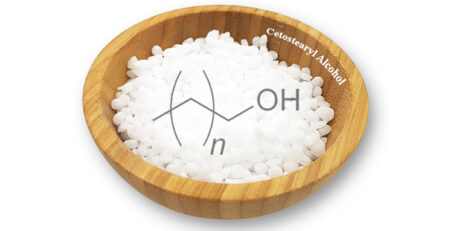

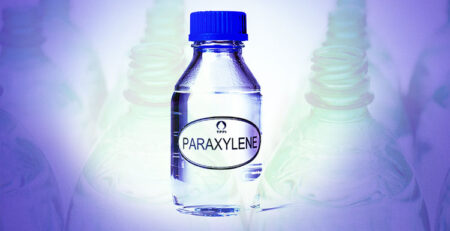
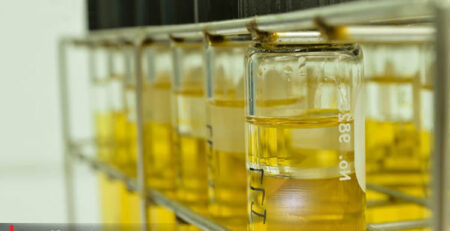
Leave a Reply